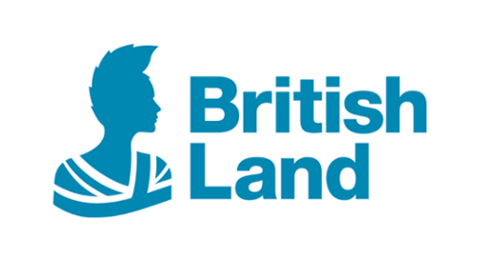Scope 3 Insights – Understanding the Link Between Placemaking and Carbon
22 July 2016Scope 3 Insights – Understanding the Link Between Placemaking and Carbon
22 July 2016Changes in our portfolio since 2012 and the UK’s shift from coal to gas power have substantially reduced our Scope 3 carbon footprint.
As a placemaker, we create places where people want to work, shop and live. To improve understanding of the link between placemaking and carbon, we commissioned sustainability consultants at Arup to carry out a review of Scope 3 emissions associated with our places. These emissions come from activities that we don’t directly manage, like visitors travelling by car to shopping destinations, occupiers’ energy use in the space they lease from us and in the manufacture of construction materials for developments.
We may have less influence over Scope 3 emissions than Scope 1 and 2, but Scope 3 is around 76 times bigger than our directly managed emissions. By understanding and monitoring Scope 3, we can identify and prepare for future risks from shifts in energy and carbon regulation and, at the same time, take steps to reduce our impact on climate change.
Given the global consensus on the need for action to reduce carbon emissions, shown through initiatives such as the COP 21 agreement, I believe that companies will be asked to take action on Scope 3 emissions in the future. We want to be well prepared for this. We also care about our wider impact on the environment and we’re continually trying to understand and reduce it – making it positive wherever we can and influencing others too.
Scope 3 review
In their recent review of Scope 3 emissions, Arup compared findings to an earlier study we commissioned in 2012. Overall our Scope 3 emissions have decreased by 2.2 million tonnes, from 6 million tonnes.
This review showed that our shift to assets with strong public transport links has reduced emissions from visitor travel by 1.3 million tonnes compared to 2012. In addition, a reduction in our total floor area and the UK Government’s energy actions to decarbonise the UK grid have contributed to reductions in emissions from occupier energy use of 164,000 tonnes. More detailed information around visitor numbers and transport use has also improved accuracy by 800,000 tonnes.
Download the Arup report here: 2016 BL Scope 3 Carbon Emissions
Download our 2016 Sustainability Accounts
Embodied carbon
An area of our Scope 3 footprint where we can really influence things is embodied carbon on developments. These are emissions linked to the manufacture and transport of construction materials.
We’ve commissioned and published several studies on embodied carbon since 2009 to understand how we can drive improvements. Informed by these studies, we’re focusing on influencing our supply chain to cut embodied carbon, most recently setting a 15% reduction for all projects over £50m versus 2015.
At 100 Liverpool Street, Hopkins Architects, AKT II and Greengage have developed plans that re-use as much of the building structure as possible, cutting construction costs and reducing embodied carbon by 7,270 tonnes. On top of that, design improvements are targeting a further 4,360 tonne saving on the original concepts, all at no extra cost. They’re doing this by changing insulation materials, using cement replacement, increasing recycled aluminium content and switching to lightweight engineered beams.
Visitor travel
Alongside the shift to assets with strong public transport links, to cut emissions from people driving to and from our places, we’ve been delivering plans to encourage people to use greener modes of transport.
At Meadowhall, our Travel Coordinator Debbie Owen negotiated a month’s free public transport for 760 retail staff to encourage them to leave their cars at home. 75% of those surveyed continued to use public transport after the trial, benefiting from a 50% annual discount Debbie secured with First Group. Debbie has also gained funding for new bikes and a cycle hub. We’re looking at how we can expand best practice examples like this at more places.
As part of BL:ueprint makeovers at several shopping destinations, we’ve introduced free electric car charging points, added bike spaces and upgraded cycle links. More here.
What about Scope 1 and 2?
Our Scope 1 and 2 emissions mainly come from the electricity and gas we buy and manage on behalf of occupiers in multi-let offices. Thanks to our efficiency programme, we’ve achieved a 40% reduction in Scope 1 and 2 carbon intensity across our entire portfolio since 2009. Not only has this delivered substantial carbon savings, it’s cut energy costs for occupiers by about £13 million over the past four years.
I look forward to what we can achieve working with our supply chain and partners, over the next four years and beyond.
This blog was originally published on British Land's website here.

